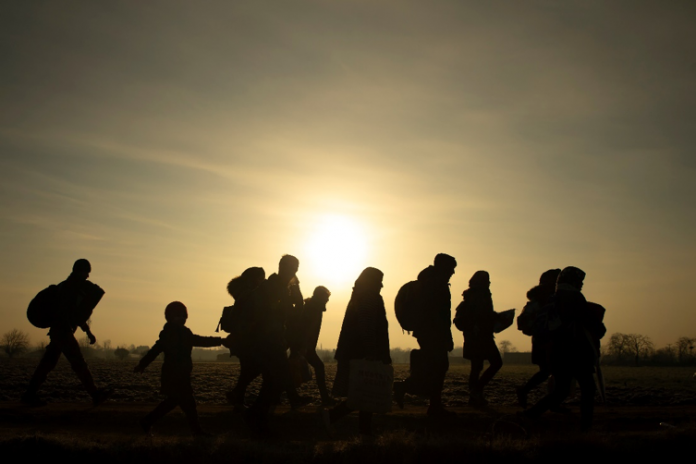“What divides us pales in comparison to what unites us.”
Edward Kennedy
The fanfare that launched European Youth Year (EYY) is now a receding echo as we approach the year’s end. Different juries will take the opportunity to pronounce on its successes, failures and value. Soon it will be time for you all to take stock and to analyse your own inputs, via your projects, to the different goals of the EYY. It will also be an occasion for you to hold to account the different institutions, organisations and political entities that involve themselves in youth affairs.
As I reread the eloquently scripted Goals and attendant statements and promises that kicked off the year in such optimistic fashion, I regret to say that there is not too much of that in play, or in spirit, at the World Cup Finals in Qatar. The host country’s actions and reactions are, perhaps – given their record on human rights, inclusion and diversity -, not a surprise, but the spineless, submissive reactions by the international football association and national football associations is shameful. Here on the biggest global stage, with a multimedia audience of billions, was an opportunity to make some brave and bold commitments for inclusion and diversity. They failed miserably.
In any discussion on sensitive issues such as inclusion and diversity it is always helpful to understand the context within which we work and the framework in which policies are made. Let us remind ourselves of the underlying values upon which the European Union is founded:
- Human dignity. Human dignity is inviolable. It must be respected and protected. The dignity of the human person is not only a fundamental right in itself but constitutes the real basis of fundamental rights.
- Freedom. Freedom of movement gives citizens the right to move and reside freely within the Union
- The functioning of the EU is founded on representative democracy.
- Equality is about equal rights for all citizens before the law. The principle of equality between women and men underpins all European policies and is the basis for European integration. It applies in all areas.
- Rule of law
- Respect for human rights, including the rights of persons belonging to minorities.
While the aims of the EU within the wider world are:
- Uphold and promote its values and interests
- Contribute to peace and security and the sustainable developmentof the Earth
- Contribute to solidarity and mutual respect among peoples, free and fair trade, eradication of poverty and the protection of human rights
- Strict observance of international law.
Looking at inclusion and diversity from a different angle: today, investors, consumers, employees, and civil society are all watchful as to how businesses respond to the diversity, equality and inclusion challenges they, and we all, face. Companies are expected to act beyond compliance and to take a real stand on inclusion. The global pandemic has radically disrupted the employment market. It has exposed the fault lines of the deeply rooted inequality in our society and has broadened the social divide.
“An equal, diverse and inclusive workplace is a key driver of resilience and recovery.”
Manuela Tomei, Director, ILO Conditions of Work and Equality Department
Inclusion in the workplace is about valuing people from different countries, different ethnicities, different backgrounds, and, thus, creating a strong sense of connectedness and belonging. It is the recognition that diversity of experience and thought can benefit business productivity and the ability to connect with customers.
A recent report from the International Labour Organisation (ILO) explored the fundamental principles governing inclusion: ‘At its heart, inclusion at work is about making all members of an organisation feel valued and allowing equal opportunity to connect, belong, and advance. It is about people being supported and encouraged to contribute to the organisation to be an important element in its ethos, advance their skill sets and careers, and feel comfortable and confident being their authentic selves. Inclusion is going a step beyond just diversity – it is when the differences of all come together to create an environment where people feel they can truly be themselves. A truly inclusive workplace understands this diversity and how to bring out the best in its people, teams and culture.’
“An individual has not started living until he can rise above the narrow confines of his individualistic concerns to the broader concerns of all humanity.”
Martin Luther King, Jr
The tendency is to think of diversity in singular terms. However, by doing so we fall into the trap of them and us. Gender is for women; Racism is just about #BlackLivesMatter and so on. Lack of opportunity or inequality is usually not the result of single, distinct factors. Often it is the outcome of intersections of different characteristics, power relations and experiences.
It seems as if there are many stations on the journey to meaningful inclusion and diversity in our societies, but we must keep travelling forward, inspired perhaps by the below Islamic proverb:
“A lot of different flowers make a bouquet”.
Tom McGrath


